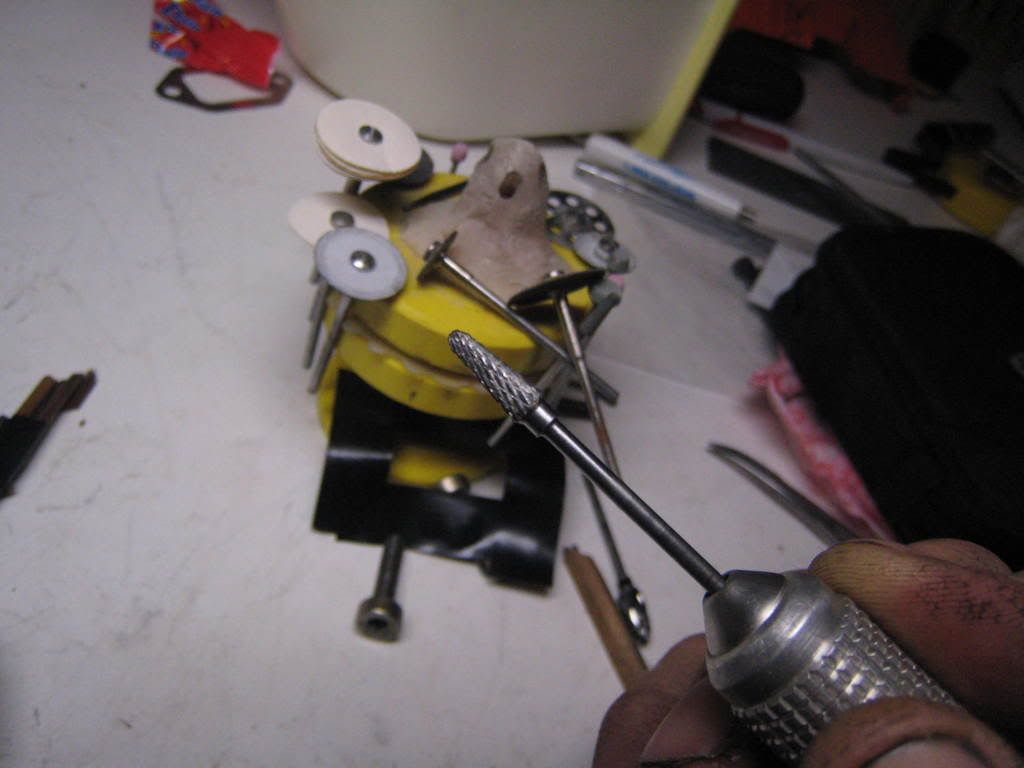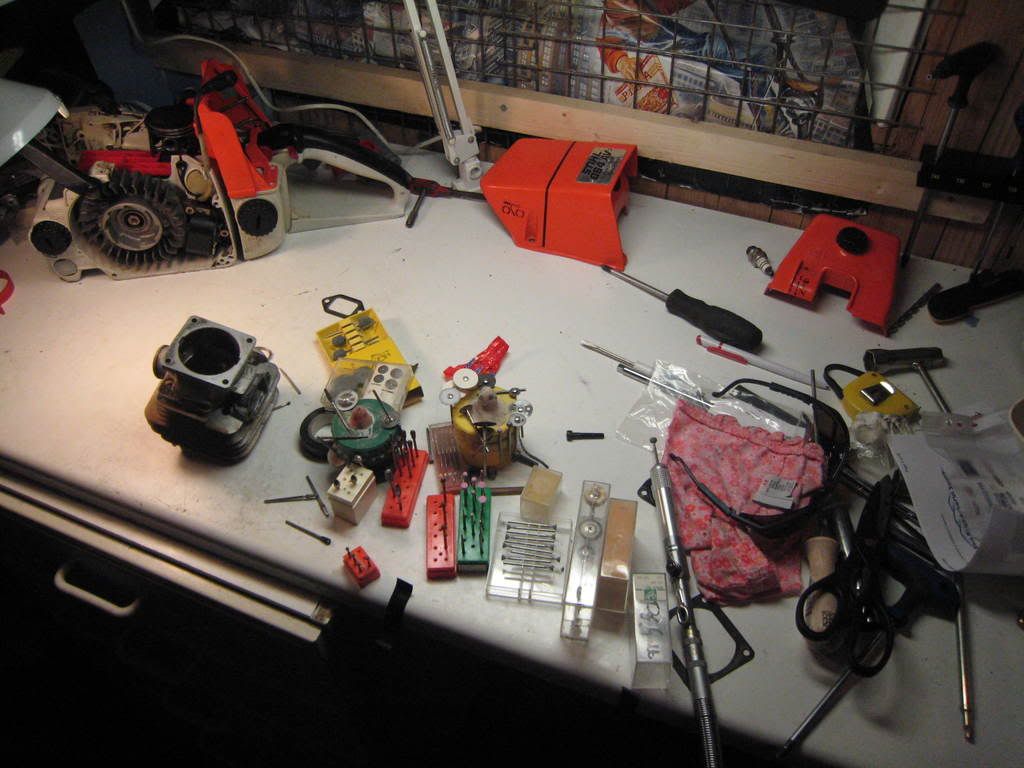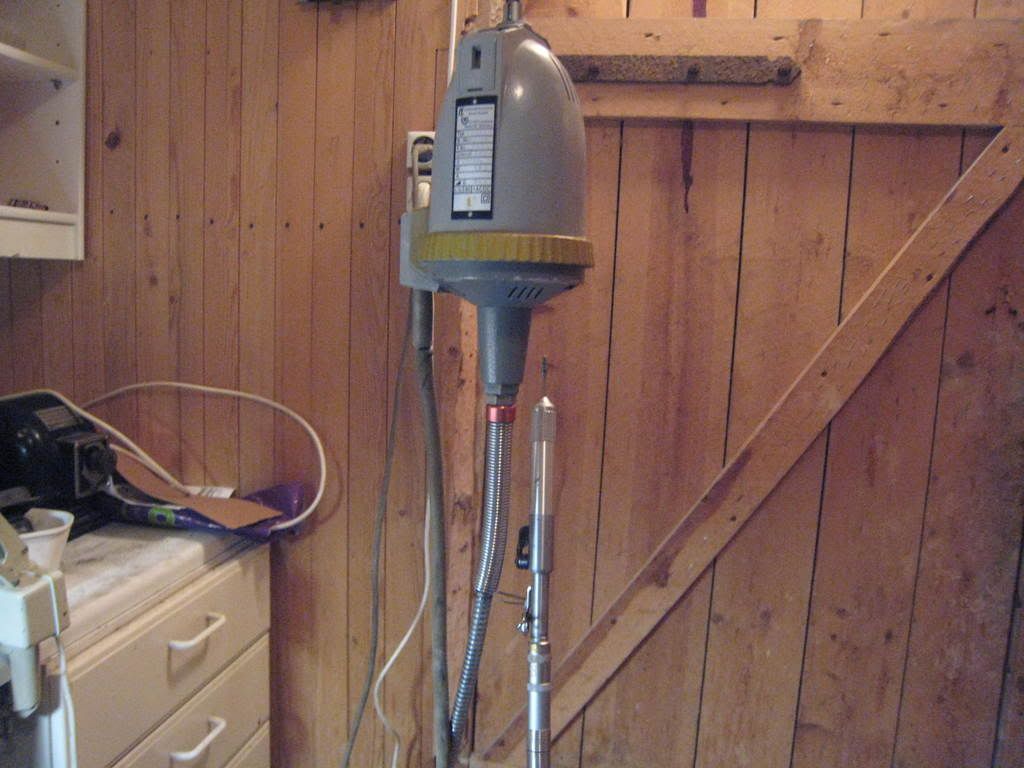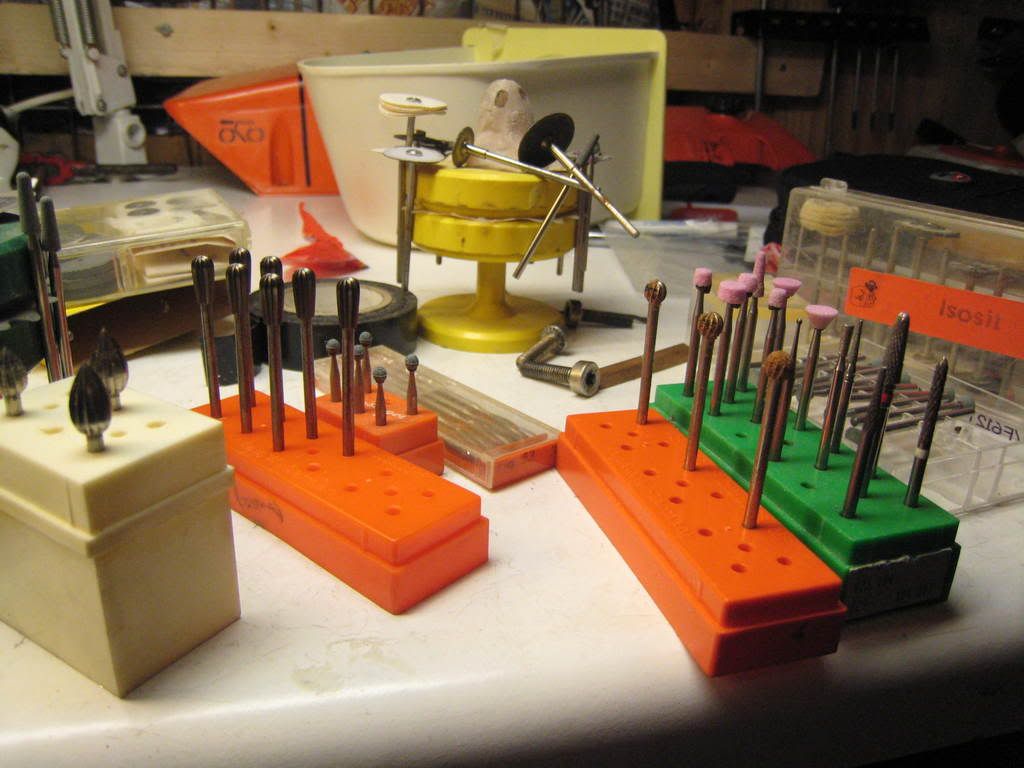lovetheoutdoors
Addicted to ArboristSite
Your assumptions are all correct. If you're just starting at this, don't raise or lower anything other than setting the squish. The .018-.020 you lower the jug by removing the gasket only amounts to about 1* of port timing. It's not enough to worry about. Concentrate on port width and shape and you'll get the gains you're looking for.
i was wondering about this myself...thanks





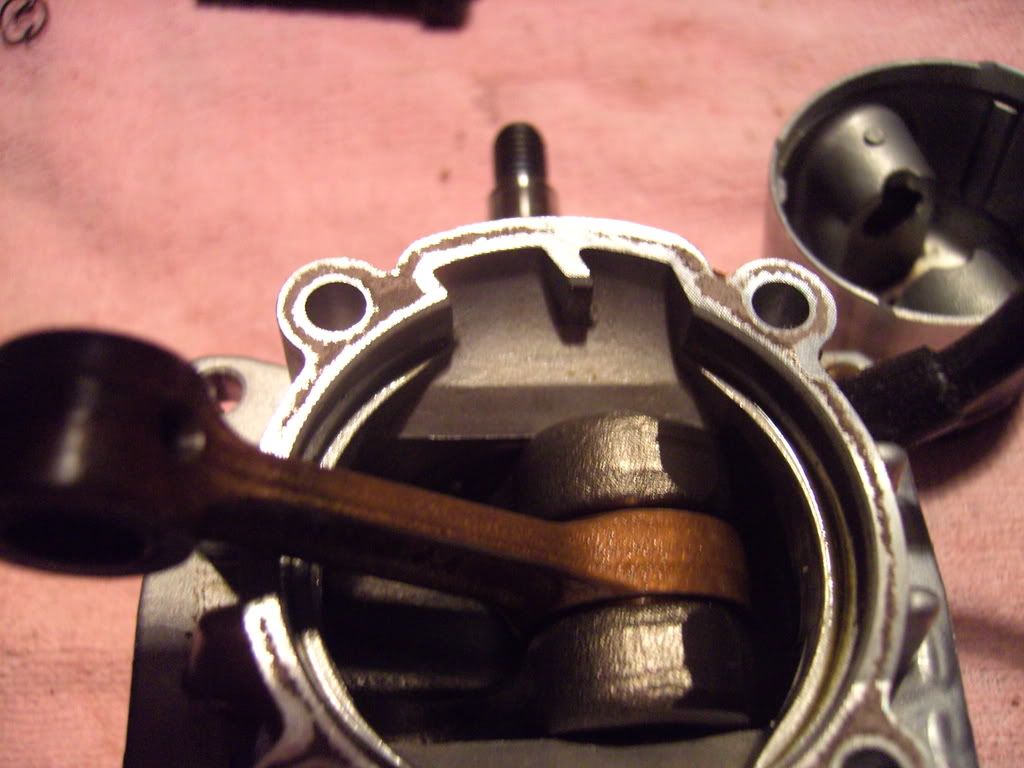
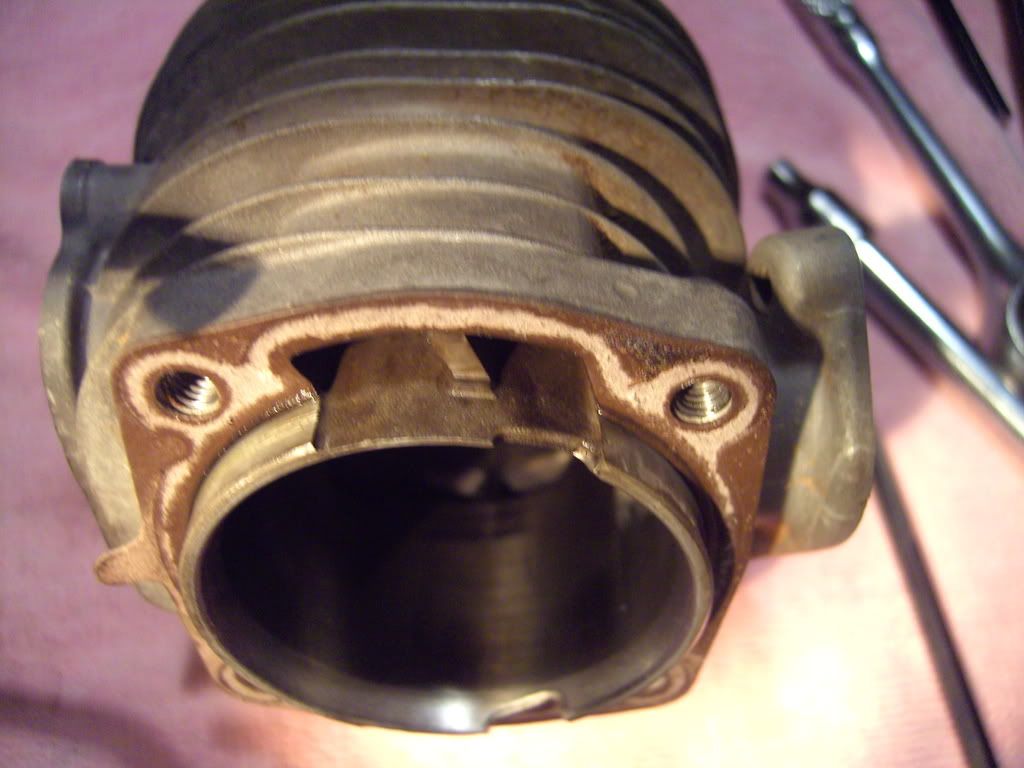
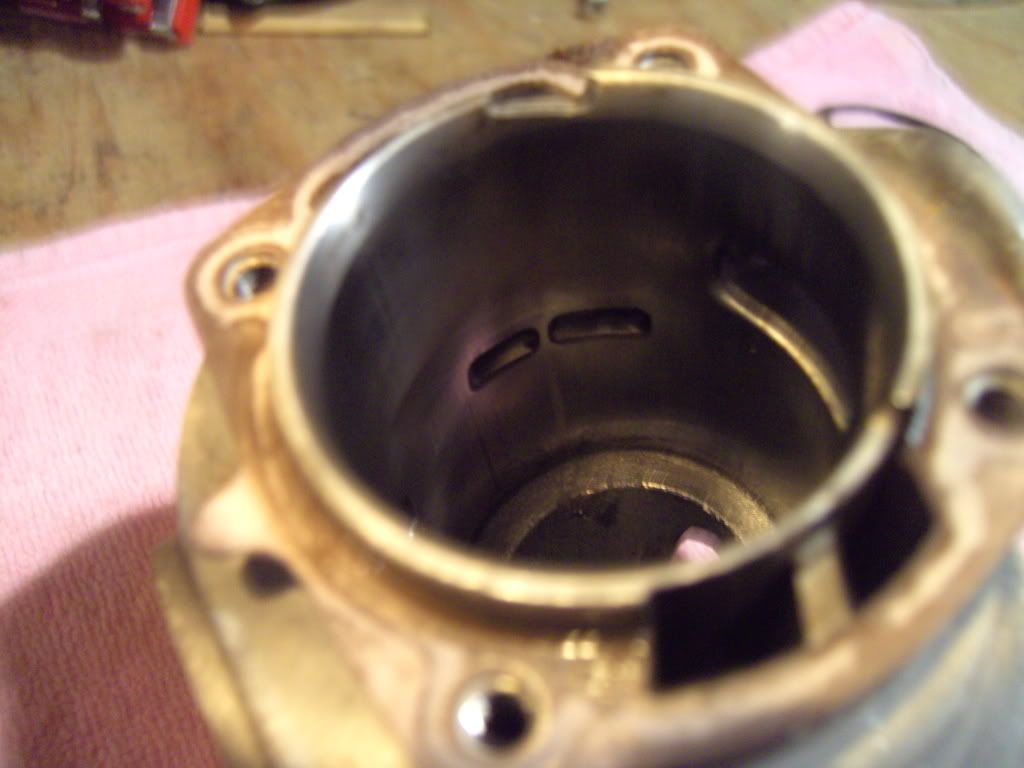
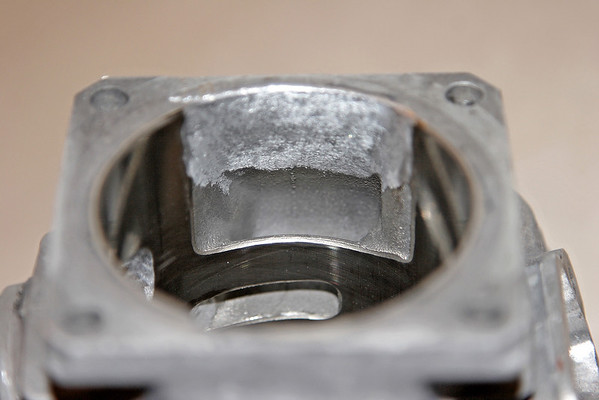

 milling the squish band in the cylinder and milling the cyl base where the cyl wall protrudes, will probably not happen.
milling the squish band in the cylinder and milling the cyl base where the cyl wall protrudes, will probably not happen.
